Out Of The Shade & Into The Spotlight: David Hinchliffe
Words by Sonya Gellert.
Crooks, gangsters and corrupt politicians: meet the photographer who captured the Valley of the early ’90s in all its shady splendour.
In 1992, a time when David Hinchliffe spent many long evenings wandering the Valley with his camera in tow, capturing the characters who frequented the streets by night, the neighbourhood was a markedly different place to the Fortitude Valley we see today. Now, nearly three decades later, David’s photographs, featured in his book Two to the Valley: Fortitude Valley, a Portrait in Black and White, serve as an enduring time capsule of the Valley’s sordid past. We caught up with David, the celebrated painter, photographer, and proud Valley resident, to discover what he witnessed through his camera’s lens during those shadier times.
“The Valley was the centre of casinos, crime and corruption. It had a seedy reputation,” David recalls. “It was a place full of crooks, gangsters, corrupt politicians, gamblers and sex workers. I thought it was sensational. The characters enlivened the place.”
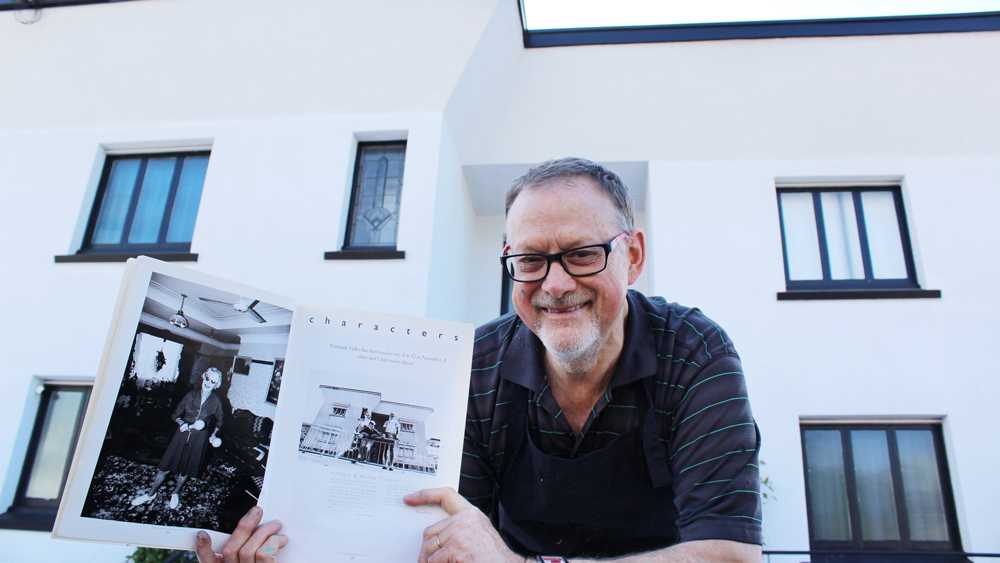
Like the changing face of the Valley, David’s personal trajectory has undergone some significant shifts over the years. A Brisbane City Councillor for almost 25 years – and, until eight years ago, the Deputy Mayor of Brisbane – David has had a direct hand in shaping and capturing his city. After resigning from his governmental career, David became an internationally lauded painter whose works have garnered admiration in many world cities, including London, Paris, New York, Tokyo, Singapore, and Hong Kong.
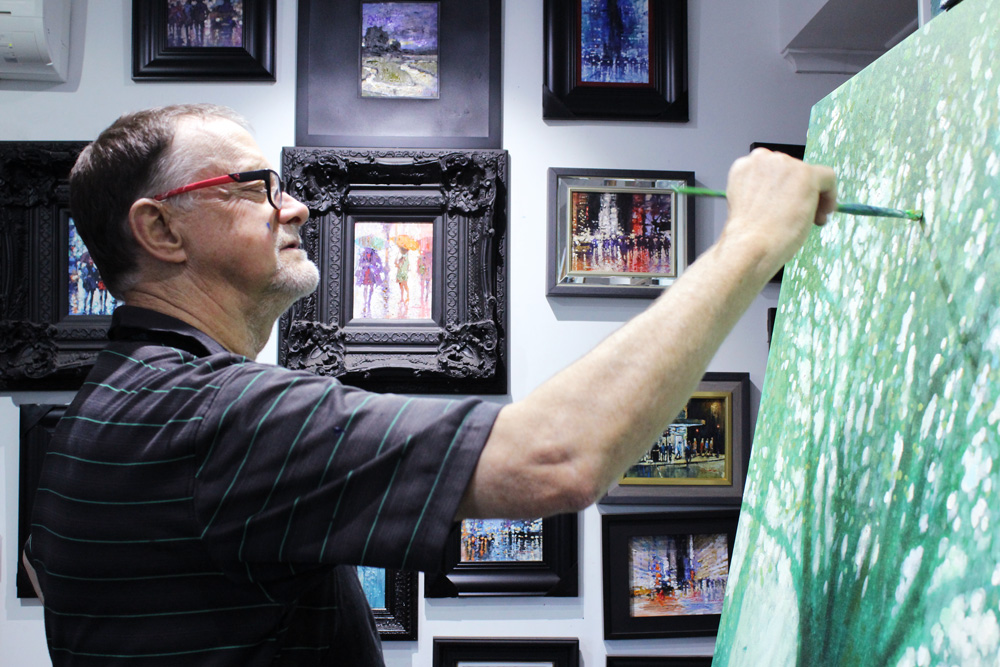
It was during his role as a councillor that David got to know the characters of his electorate and became determined to immortalise them with a book. Though an urban renewal has transformed what David calls “the heart of Brisbane’s city” into a thriving entertainment and cultural centre – brimming with sophisticated dining spots, gleaming boutique shopfronts, renowned hotels, and chic cafes – its past life was anything but refined. David explains that by the 1990s, the Valley had “fallen on hard times.”
“Brisbane’s inner suburbs had died. Between 1945 and 1990, the population of these inner suburbs had reduced by half. There were only 23 registered voters in the city central area… The city was just not a residential area,” he says.
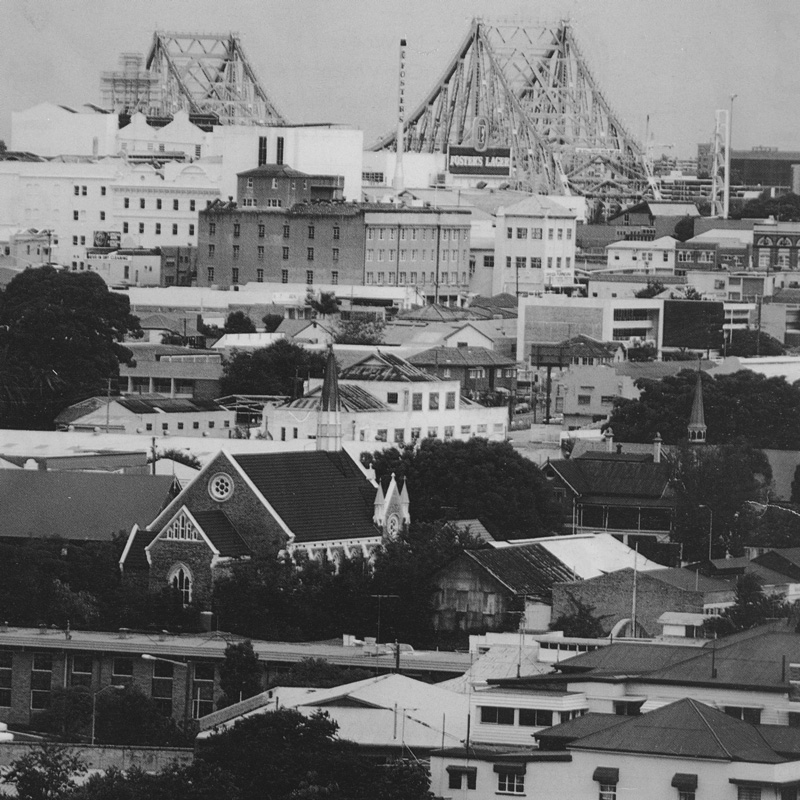
Despite its reputation, David saw the Valley as a fascinating place that he wanted to showcase. “One hundred years ago, what we now know as Cathedral Square was set to become the Southern Hemisphere’s greatest cathedral, which is where its name came from. When the church ran out of money, the site was neglected. While photographing my sons on the stairs of what were essentially ruins, I had the idea to capture more of these abandoned and unique sites.”
Though it may be difficult to imagine now, during these decades, neighbourhoods including New Farm and Teneriffe were not considered hot real estate in the early ’90s. Younger people had moved to the outer suburbs in search of larger backyards and new brick homes, while the iconic Queenslander houses of the Valley were undesirable.
“We were seeing something that, in the business of town planning, is called ‘The Donut Effect.’ There was growth in the outer suburbs that left a hole in the middle. And we wanted to fill that hole, which was the Valley,” David says.
While producing the book, David recalls working as a councillor by day, photographing the characters and streetscapes of the Valley by night, and, after a brief sleep, using the council’s dark room to produce the images from negatives in the early hours of the morning.
He remembers many of his night-time shoots, including the time he was photographing the owner of well-known live sex venue and shop The Den – part of the so-called ‘Sin Triangle’ – alongside two sex workers, standing on a red carpet that led inside. During the shoot they were approached by police.
“I thought the police might have been there to make an arrest, but instead they told the owner that they were trespassing on the footpath. Not for standing there having their photo taken, but for having the red carpet. The police rolled up the carpet and confiscated it. It was a ‘life in The Valley’ moment,’ he laughs.
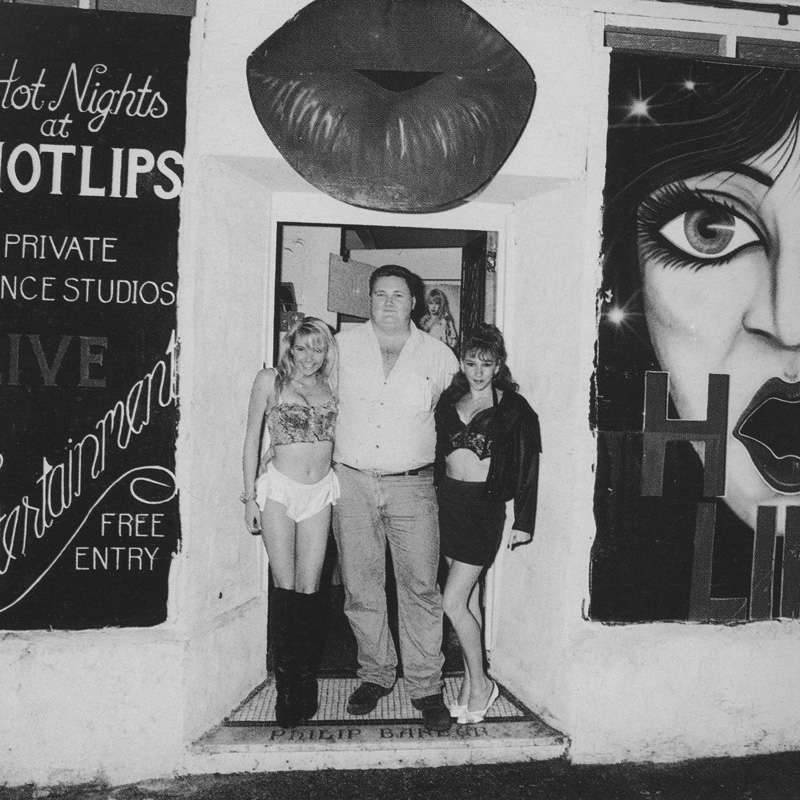
Then there were the characters of Hynes Street David photographed for the book. On this street lived a woman David named Eileen Chapel who played the maracas with vigour, held a Guinness World Record for growing the largest gourds and had previously been the madame of a home-brothel operation before turning her abode into student accommodation instead.
On the same street, David tells us, Gertie O’Connor’s landlord sold her the house she lived in for a “jar of pennies” simply for being a good tenant. “The landlord told her there was one catch. He’d be throwing in the house next door too. So Gertie suddenly owned two houses in exchange for some loose change,” David says. The house next door would later be one that David would purchase to call home.
“It was these older people who often had the most interesting stories,” David says, “You just had to sit with them and listen.” Yet, David reveals, there was one younger resident of Hynes Street that he won’t forget. David explained that because of the lack of youths in the neighbourhood, the schools were almost shut down. There were very few children around.
“There was an eleven-year-old boy named Michael Waldron, who I photographed on his skateboard. He was a year seven student at the then-named Fortitude Valley State School. I was outside the school (now Fortitude Valley State Secondary College) last year, when a bloke came up to me and said, ‘You won’t remember me, but you changed my life.’”
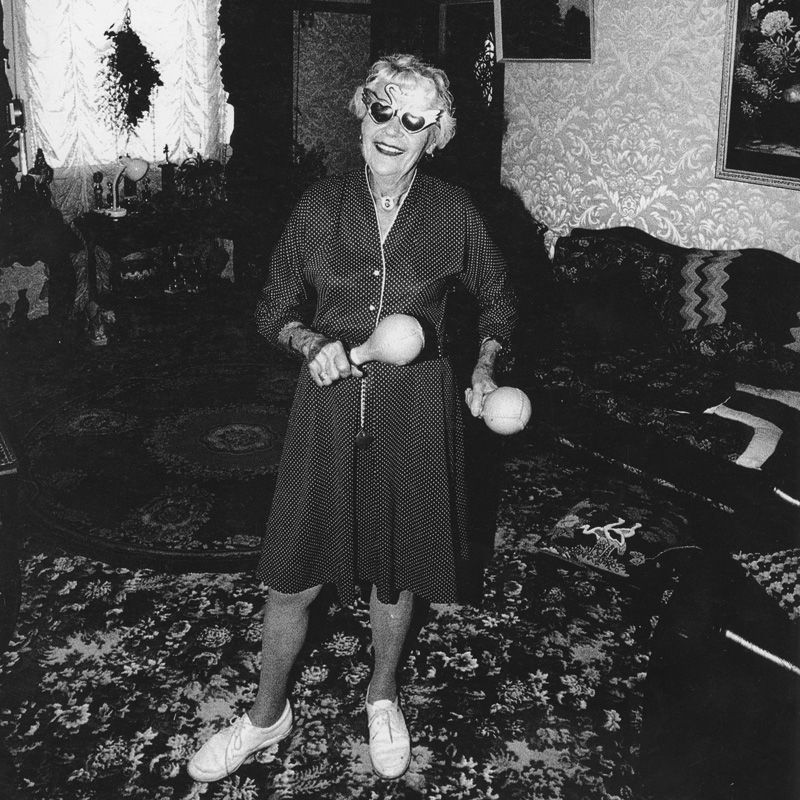
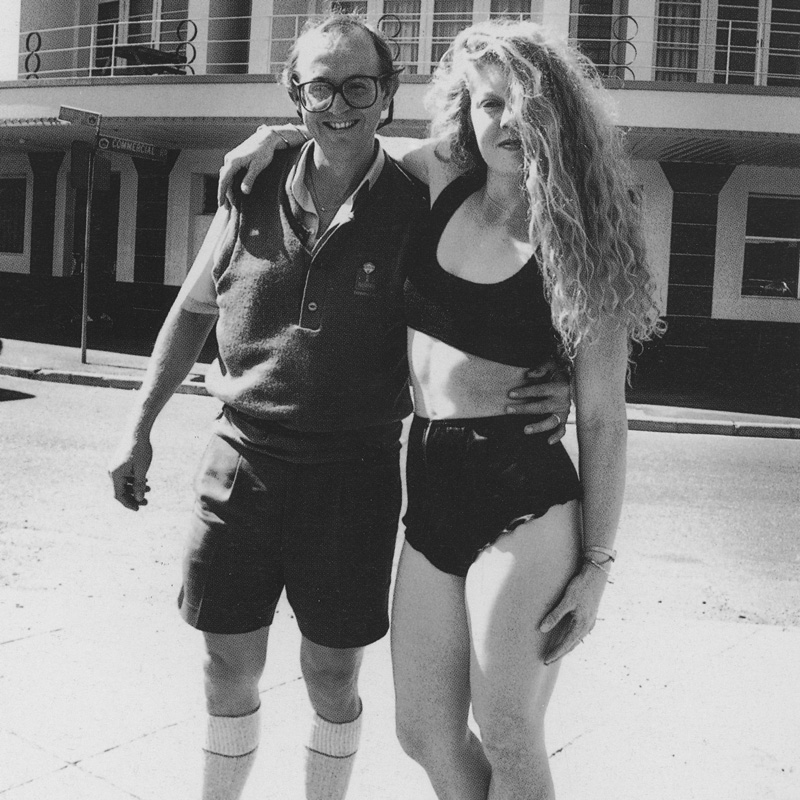
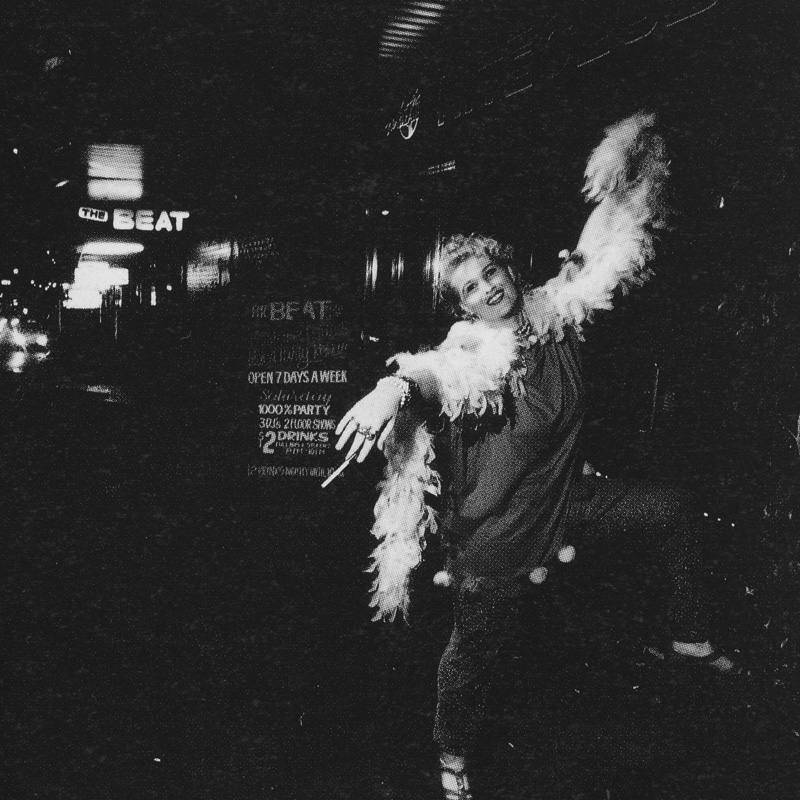
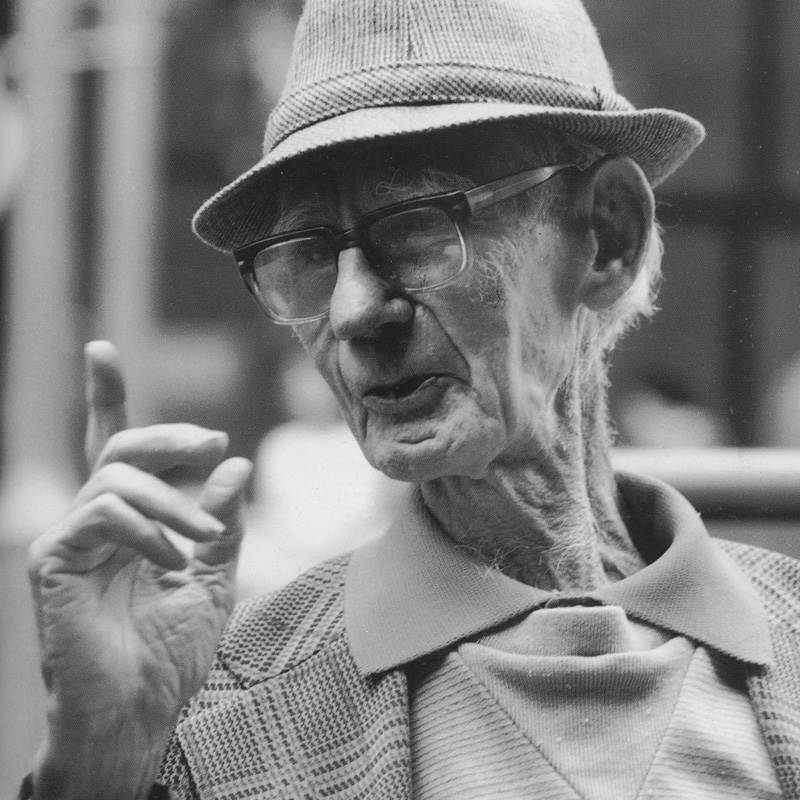

Having attended the Two to the Valley launch exhibition as a high school student in 1992 – where large-scale prints of the book’s photographs were displayed, and its subjects were invited to see their portraits – Michael was inspired to become a photographer. Twenty-nine years later, Michael is a black-and-white street and architecture photographer.
“So the book has actually changed lives,” David says.
Interestingly, the cover of David’s photography collection features a street vendor selling The Sun newspaper. He didn’t know it at the time, but David was capturing the paper’s final run and its staff would be sacked the following day with the paper’s unexpected closure.
Two to the Valley not only shaped a young man’s career and caught history in motion, but it also went on to win publishing awards. Since its release, David has continued to honour the history of Brisbane, having established historical societies in the city’s inner suburbs to preserve their stories. He has also celebrated the Valley in many of his acclaimed paintings.
He laughs as he explains, “In some of my paintings of the Valley, many people have mistaken its restaurants and street scenes for Paris. Sometimes I don’t have the heart to tell them that what they’re seeing is, in fact, not Paris, but right here in Brunswick Street.”
Related
0 Comments1 Minute
Valley Hops Cans
Valley Hops Brewing crafts independent beer with character, for the…
0 Comments1 Minute
GABS Festival – Brisbane
Our first trip to GABS Festival and we had a blast! We managed to…
